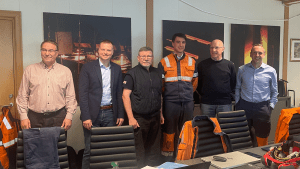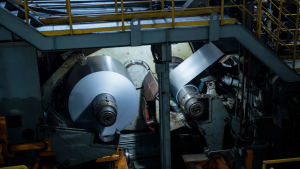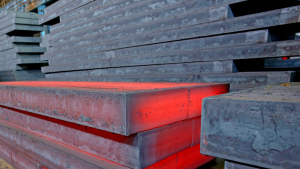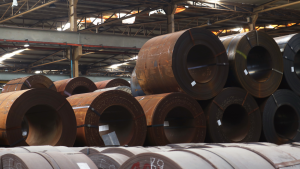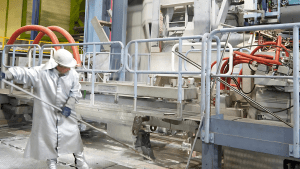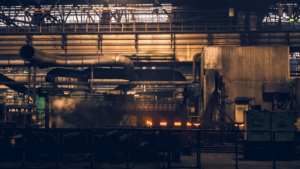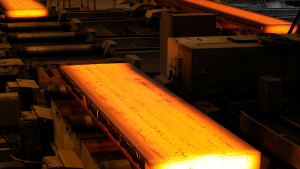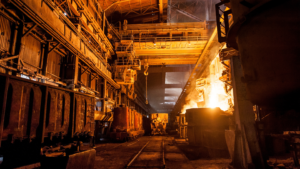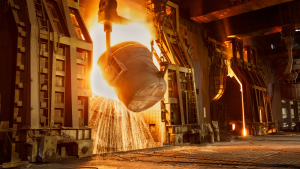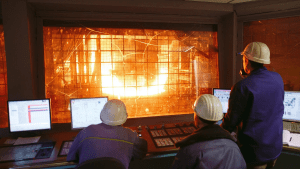These are stories of businesses like yours, achieving great things
Our Client Results
Every plant faces unique challenges – and that’s where we come in. This page highlights just a selection of the results we have delivered for steelmakers around the world. From solving edge cracking in duplex steel to increasing pickling line efficiency and reducing chromium loss in EAFs, our work is rooted in measurable outcomes. These stories reflect the depth of our technical approach, the trust our clients place in us, and the tangible value we bring to every project.
Stay Informed with Our Newsletter
Get exclusive insights, industry trends, and expert updates- delivered straight to your inbox!
